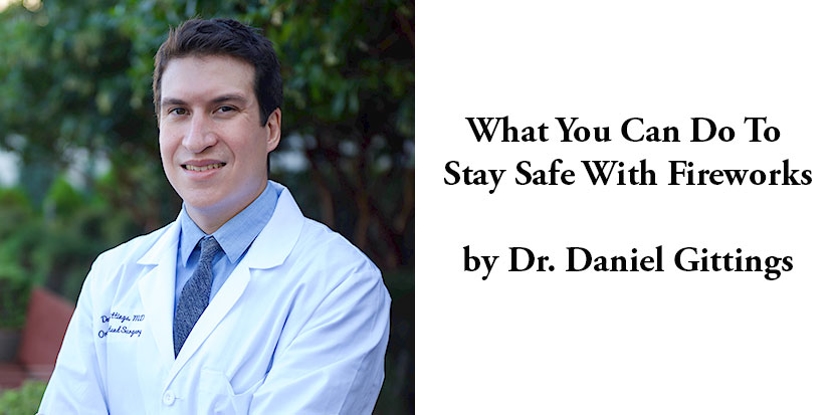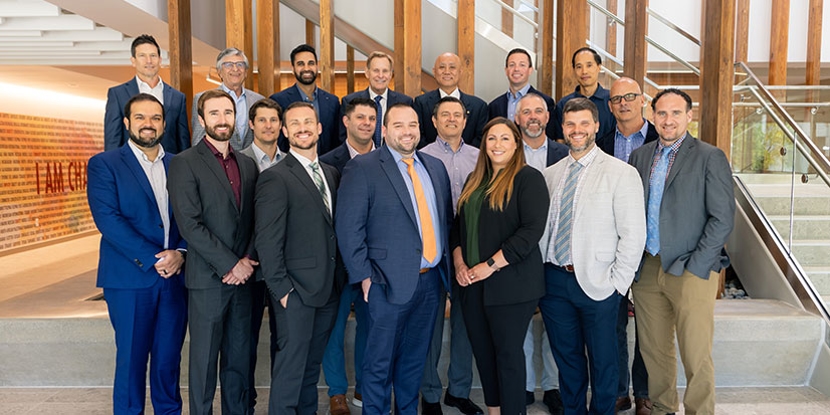The Myths of Back Pain

Next to the common cold, low back pain is the most frequent cause of lost work days in adults under the age of 45, according to the American Academy of Orthopedic Surgeons. About four out of five adults will experience low back pain sometime in their lives.
The spine is a complex structure that provides you with mobility and strength. Proper functioning of your spine is needed for almost all activities of daily living. Many patients ask me about what causes back pain. While most cases of back pain are not serious and respond to conservative treatment, let's dispel a number of common myths about back pain:
Myth: Physical laborers are at high risk for back pain.
Fact: Actually, those who lead a sedentary life-style may be at equal risk. Truck drivers, office workers and others who sit for long periods of time may put stress on their backs. You can reduce the risk of injury by using a proper chair with back support, raising your feet slightly with a stool or phone book, and taking frequent stretch breaks. Sometimes high stress levels, job dissatisfaction and a lack of proper stretching before sports activity may also contribute to back pain.
Myth: Back pain is the result of injury to the spine.
Fact: There are many causes of back pain. Commonly, back pain results from the natural aging process of the discs, typically as we age. This is often genetically determined, like so many other medical conditions. Sudden twisting, bending, lifting or trauma can injure a disc's surrounding muscles even in the young population. Aggravating the problem can be poor posture, stress, improper shoes, smoking and inappropriate work habits.
Myth: Long bed rest is the best treatment for back and spine pain.
Fact: Not true. Too much rest may stiffen and weaken muscles and joints and worsen the pain. It's better to get active, take a hot shower or use a heating pad and initiate a gentle program of exercise to strengthen the back. Sometimes back pain can last for up to four to six weeks. Most of the time, it will diminish on its own accord if you exercise and use moderation. Mild medications and physical therapy may help. It's best to consult a board certified orthopedic spine surgeon to help you determine what is causing your back pain and to help supervise your recovery progress.
Myth: Back pain means eventual surgery.
Fact: Not usually. For most of us, back pain is typically the result of a muscle strain, relieved by a few days of rest and perhaps some mild anti-inflammatory medication and exercises. Bulging or herniated discs can press against nerves, causing pain, often felt down the leg (called sciatica). Surgery is most often indicated when diagnostic tests reveal the center of the disc, a gel-like substance, has ruptured. Often, physical therapy may help. When pain is not relieved by those measures, then surgery may be indicated. For those with chronic back pain, it could mean arthritis, perhaps caused by wear and tear. An exercise program that emphasizes flexibility can help strengthen the back muscles.
Myth: Back surgery is dangerous.
Fact: Assuming tests revealed no abnormalities, surgery is only indicated when other conservative treatments, such as rest, medication and physical therapy, have been given ample time to work and the pain still persists or spreads, in most back surgeries, the spinal cord is not involved. And with new highly accurate imaging systems (CAT and MRI scans) and new microsurgical techniques, we have a highly accurate picture and precise methods of surgery, which may speed recovery.


